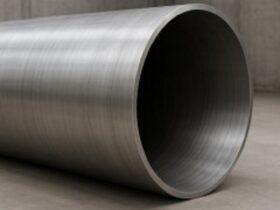Most of modern country houses and city apartments are finished with wooden floor panels, which can be made in the form of parquet or laminate boards.
Nevertheless, despite the attractiveness and design of such coatings, they have doubtfully low endurance and reliability, which becomes especially noticeable after several months of operation. As a rule, a tree is always vulnerable to importance and temperature changes.
Problems of wooden floors in cottages
In private cottages, the premises of which are difficult to warm up, consumers run the risk of stumbling on the creak of floor panels, which simply begin to change their size and proportions. High humidity leads to the fact that each panel begins to swell the side sides, which as a result becomes the cause of deformation of neighboring ceilings.
As a result, when the tree dries, large cracks and chips remain in the floor, which becomes very difficult to eliminate. In this case, many homeowners simply completely replace the floor, but, as a rule, such an approach becomes very costly. Experienced experts recommend using special varnishes that are made on a natural basis.
How natural varnishes for wood are used?
Due to its thick consistency, even full -fledged holes can be poured for wood, which in this case are competently isolated. The varnish does not affect the microclimatic environment, in addition, in a frozen state, it is a strong mass that can withstand serious weight loads. Which means that the flooring becomes strong enough, in addition, also attractive.
The fact is that the varnish not only has a transparent base, but also can significantly increase the brightness of the tree, which fades and loses its color over time. Thanks to the use of modern natural varnishes, the consumer will be able to correctly protect his floor from destruction.
As a rule, they need to be used immediately after installing and installing the main panels, when they still have their own standard and non -formed appearance and design. In this case, they will be competently isolated and protected from any climatic changes, as well as from cold, which often leads to corrosion and detrimental condensate.









Leave a Reply
View Comments